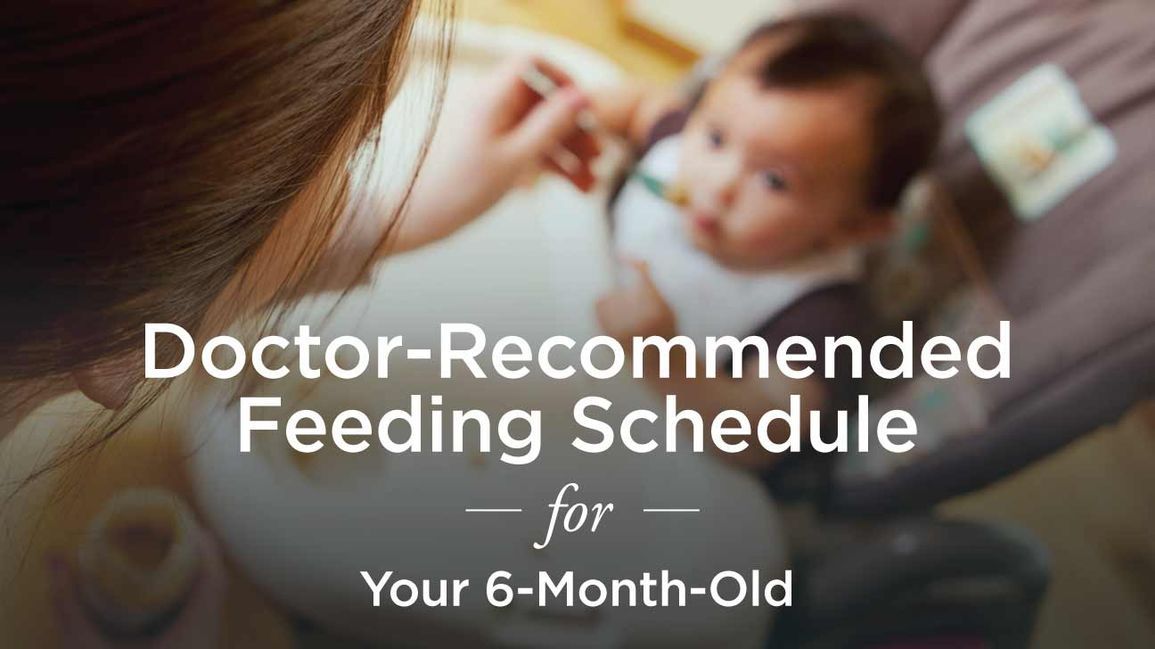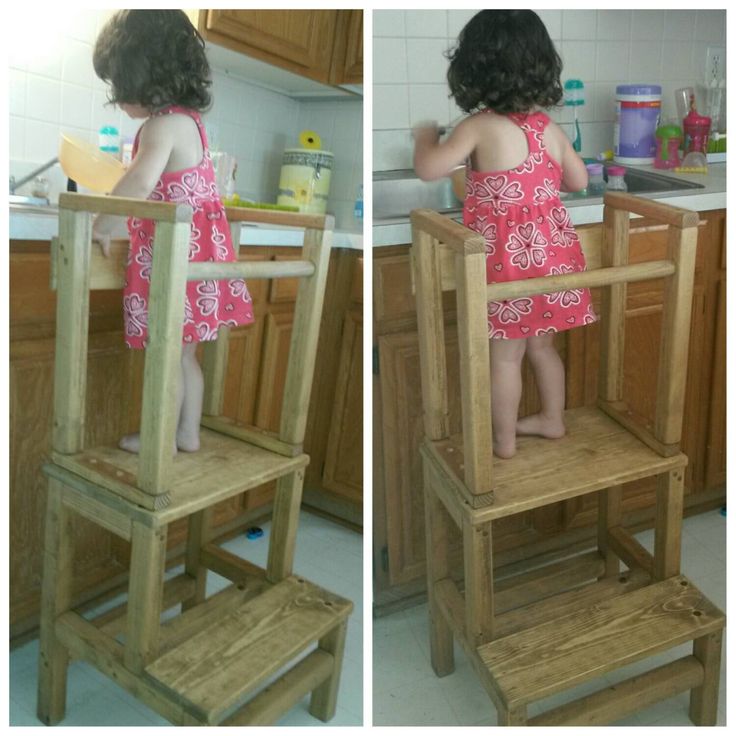Whole baby food
Introducing Solids to Your 6 month to 8 month old Baby
Introducing solid foods to your 6 month – 8 month old babyIf your 6 month – 8 month old baby is just starting solids at this stage, start slowly, preparing a very small amount of whatever food you have chosen to begin with. Nurse or bottle feed your baby first and then offer your little one solids. It’s important to remember that baby’s milk continues to be more important than solids at this age – don’t worry when baby won’t eat more than a few bites. Suggested Solid Food Chart for the 6 month old – 8 month old baby below:Click to Print What to Eat at 6 to 8 Months of Age?AGE & STAGE – 6 months to 8 months oldThe AAP recommends that an infant not be started on solid foods until after 6 months of age. Many pediatricians still start babies on solids around 4 months of age. Try mixing together the grains that your baby has had without any reaction(s) – Brown Rice and Oatmeal with Pear Sauce for example. FRUITSBegin making your own fruit combinations once baby has had several fruits without any reaction(s). After 8 months old – you may wish to try offering raw ripe fruits. Soft cooked fruits make for great beginner Baby Finger Foods; Learn about Introducing Baby Finger Foods. VEGGIESVeggie combinations are great to offer now. Ensure that all veggies have been previously offered without any reaction(s) prior to mixing & matching. After 8 months old – you may wish to try offering soft cooked veggies in dices or tiny chunks and bits. Soft cooked veggies make for great beginner Baby Finger Foods. PROTEINOnce your baby has reached 8 months old, try offering tofu finger cubes dusted with Cheerio “dust” or other cereal “dust”. Around 8 months old, you should be able to offer plain whole milk yogurt and mild cheeses to your baby. Many pediatricians even suggest yogurt as a great first food as early as 6 months of age. Mix some yogurt with a favorite fruit puree for a breakfast offering. Visit our Offering Your Baby Yogurt page for more information on introducing Yogurt and Cheese. Baby Led WeaningMore and more parents are opting to skip traditional baby food purees and choose Baby Led Weaning as a method for introducing solid foods. Baby Led Weaning means offering your baby (age appropriate) foods that soft-cooked and cut into small easily manageable pieces. These foods are then given to your baby to eat. You do the cooking, the dicing and the offering of the foods and your baby does the rest. If your 6-8 month old baby is just starting solid foods, you will probably only manage to have baby eat 1/2 of the tablespoon sized portion the very first times you begin solids. If you are using a Baby Led Weaning approach, your baby may only manage to get a few pieces of food into his or her mouth. Don’t fret if your baby does not “finish” a meal. Remember this is a new experience for your baby. As your baby becomes accustomed to eating solids, you will gradually increase the portion sizes. Read How Much Food Should My Baby Eat page for more information. Many parents find their babies will push the food out of their mouths on the first few tries. This is normal however it may also indicate that your baby is not yet ready for solid food.Only you know your baby and will be able to decide if baby is truly ready for solids. I have also compiled a sample schedule that you may find useful. This table gives you an idea of how and when to begin introducing baby to solid foods. Please keep in mind that this table was created from various medical authorities such as private pediatricians, the AAP, the AAFP and the WHO as well as our own experience. This table should be used as a guide only. Always consult your baby’s pediatrician about solid foods Download the new 6 to 8 month old food diary chart! Want to keep track of the foods baby likes and dislikes? Download the free PDF above to keep track of what baby likes to eat, the date of introduction and any allergic reactions baby may have had.
Click here for a printable version of the condensed solid food introduction chart
New Breast-Fed Baby Growth Charts from the World Health Organisation – Reflecting Breast-Fed Babies Growth Patterns The charts presented are general guidelines with solid baby foods that are age appropriate. They may seem somewhat conservative in nature compared to guidelines from other sources. We show age-ranges for different foods and we have researched and compiled these charts from various medical authorities such as private pediatricians, the AAP, the AAFP and the WHO. Feel free to print the chart and ask your Pediatrician about the listings and recommendations. Our visitors say their pediatricians are impressed with our Chart’s suitability and accuracy of listings. Remember, always consult with your pediatrician regarding introducing solid foods to your baby and specifically discuss any foods that may pose allergy risks for your baby. SHARE ON FACEBOOK SHARE ON PINTEREST |
Introducing Solids to Your 8 month to 10 month old Baby, Solid Food Charts for 8 to 10 Months old - Introducing Baby to Meats, Spices, Fruits, Vegetables and Meat
Your 8-10 Month old baby might be crawling and trying to pull herself up. and she may not have a big interest in eating. As noted in the Is my Baby a Picky Eater page, your baby may suddenly begin to refuse to eat because she has more important things to do – like pull on the cat’s tail or munch the scrap of paper she just found. click to print At this stage, your little one may also start to Refuse to be Spoon Fed. Bring on some spices (8 months old)and softly mashed, or chopped into fine pieces, fruits, vegetables, meats, pasta and dairy such as yogurt and cheeses. Pasta, veggies, and fruit should all be soft cooked and possibly mashed with a fork or masher. (Bananas need only be mashed.) Meats and proteins such as egg yolk, should be cooked and pureed or chopped into small soft bits. If offering Tofu, you need not cook it first. Remember, your baby will not have molars until sometime around the 12-18 month age range so all foods should be easily mashed between the gums. How much will your 8 month – 10 month old baby eat?Your 8 to 10 month old baby may seem to be starving herself at some point. Because you are likely offering her more finger food selections or thicker/chunkier foods, the amount of food eaten appears smaller. At this stage, your baby may be eating 3 “meals” a day and possibly enjoying a snack or 2 in between. There are some babies in this age range who will still be eating only 1 “meal” of solids so don’t feel pressured to have your baby eat 3 solid food meals per day. Visit the Baby Menu to see an idea of some meals for this age range.
Stages of Solid Foods – 8 months and older – Baby Let’s Eat!8 Months – Give me it all! Bring on some spices (8 months old) and the softly mashed, or chopped into fine pieces of fruits, vegetables, meats, pasta and dairy such as yogurt and cheeses. Click here for a printable “no ad” version of the complete solid food introduction chart New Breast-Fed Baby Growth Charts from the World Health Organisation – Reflecting Breast-Fed Babies Growth Patterns The charts presented are general guidelines with solid baby foods that are age appropriate. They may seem somewhat conservative in nature compared to guidelines from other sources. We show age-ranges for different foods and we have researched and compiled these charts from various medical authorities such as private pediatricians, the AAP, the AAFP and the WHO. Remember, always consult with your pediatrician regarding introducing solid foods to your baby and specifically discuss any foods that may pose allergy risks for your baby. SHARE ON FACEBOOK SHARE ON PINTEREST |
Choosing baby food - ZdorovyeInfo
Soy? Whole milk? Hypoallergenic blend? Some baby foods are based on cow's milk or soy; others are made for children with lactose intolerance. How to choose the right baby food from this variety?
Baby foods
- Powders. The cheapest option. They are usually mixed with water - one spoon per 30 grams of water.
- Liquid concentrates. More expensive option. In most cases, they are diluted in half with water.

- Prepared baby food. The most expensive, but also the most convenient option. It can be poured directly into a baby bottle.
Ingredients of baby food
- Milk-based baby food
Formulated with cow's milk, vegetable oils (for calories), vitamins and minerals - and usually fortified with iron. This type of baby food is suitable for healthy, full-term babies.
- Soy-Based Baby Food
This formula is based on soy protein, vegetable oils, corn syrup, sucrose and sometimes iron. Suitable for babies with lactose intolerance and children allergic to whole cow's milk protein. This type of baby food is not recommended for low weight babies and for premature babies.
- Specific baby food
Formulated specifically for underweight children who need limited salt intake and for infants allergic to whole milk protein. In the same category include food enriched with polyunsaturated fatty acids and arachidonic acid from seaweed. These fatty acids contribute to the development of the child's brain, nervous system and vision.
These fatty acids contribute to the development of the child's brain, nervous system and vision.
How to choose baby food?
The basic principle is consultation with a pediatrician. You don't have to choose your own baby food. Remember what kind of baby food you were given in the hospital. Whichever baby food you choose, check its expiration date and don't buy baby food in damaged jars or bottles.
Allergy. What to do?
If your child has an allergy, change them. The cause may be a food allergy, the child's need for more iron, increased nervousness, or diarrhea. But if the allergy is not related to food, switching to another one will only worsen the situation. That is why you should always consult with your pediatrician. Be sure to contact him if the child has the following symptoms:
- dry, red, scaly skin;
- diarrhea;
- extreme tiredness or weakness;
- severe vomiting.
Baby Food Tips:
- Read the instructions to know exactly how much to dilute concentrates and powders.
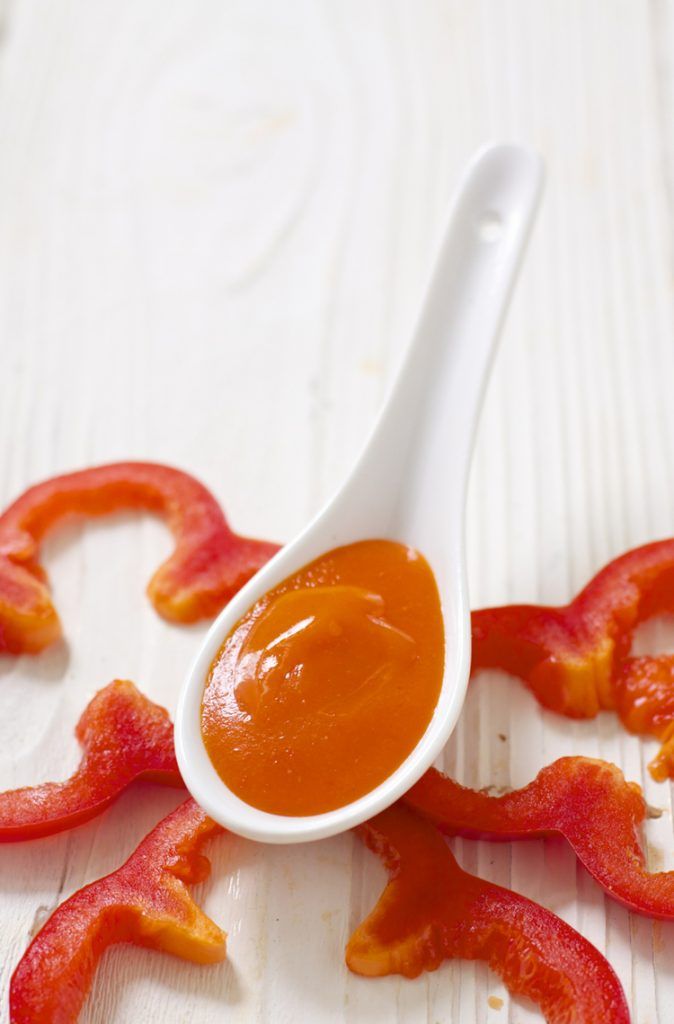 Too little water can lead to diarrhea and dehydration.
Too little water can lead to diarrhea and dehydration. - Sterilize a new baby bottle and teats in boiling water for five minutes. Wash them afterwards in hot soapy water.
- Wash your hands with soap and water before preparing baby food.
- Do not save money by diluting baby food or breast milk. The baby will receive too few nutrients. In addition, excessive water intake can
disturb the electrolyte balance of the child. This will lead to apoplexy or brain damage. - Don't force your baby to finish the bottle if he doesn't want to. Newborns eat 60-90 grams every two to three hours.
- If your baby burps a lot, give him less baby food and feed more slowly.
- Do not give cow's milk to a child under one year of age. In baby food based on cow's milk, proteins are processed in such a way that children absorb them better than natural cow's milk.
- If your 1 year old loves cow's milk, give him whole milk only. You can’t give a fat-free product to a child: there is no fat and calories.

- Always store cooked baby food in the refrigerator. Prepared formula should be used within 24 hours, while concentrate-based or ready-to-eat baby food will keep for 48 hours.
Registered with the Federal Service for Supervision of Communications, Information Technology and Mass Communications on October 21, 2010. Registration certificate El No. FS77-42371. © 2023 Copyright ZdorovieInfo
Ingredients | Baby food Bibikol
ORGANIC. WHOLE. USEFUL
As you know, the nature of a child's nutrition in the nine months that he is in the womb, and the first couple of years of life, programs and forms the state of health for the rest of his life. What the baby eats during this period of development is no less important than genetic prerequisites.
It is unlikely that anyone will argue that the "gold standard" of nutrition in infancy is breast milk. The World Health Organization recommends exclusive breastfeeding until six months of age and, if possible, continued breastfeeding with complementary foods until two years of age. However, sometimes this is not possible for objective medical or social reasons. Then the pediatrician transfers the child to mixed or artificial feeding. And here the problem immediately arises - how to choose the most suitable breast milk substitute.
The World Health Organization recommends exclusive breastfeeding until six months of age and, if possible, continued breastfeeding with complementary foods until two years of age. However, sometimes this is not possible for objective medical or social reasons. Then the pediatrician transfers the child to mixed or artificial feeding. And here the problem immediately arises - how to choose the most suitable breast milk substitute.
Infant formula should be as close as possible to it not only in its chemical composition, but also in the presence of important functional components.
Recently, one of the most promising areas in the creation of food products for young children is the use of whole goat milk. Throughout the history of mankind, it has been highly valued for its special dietary and even medicinal properties. This is confirmed by numerous studies conducted both in our country and abroad.
It is known that the milk of different breeds of goats, moreover, living in different climatic conditions, is very different in composition. That is why, for example, the company "BIBIKOL" - a leader in the production of baby food based on whole goat milk - turned its attention to New Zealand with its mild climate and a network of farms practicing organic farming and animal husbandry. A special breed of New Zealand goats has the opportunity to eat fresh grass all year round, which, of course, has a positive effect on the properties of milk. In addition, the genetic trait of these goats is that their milk contains low levels of the highly allergenic milk protein alpha-S1-casein. The protein of this goat milk has a high biological value.
That is why, for example, the company "BIBIKOL" - a leader in the production of baby food based on whole goat milk - turned its attention to New Zealand with its mild climate and a network of farms practicing organic farming and animal husbandry. A special breed of New Zealand goats has the opportunity to eat fresh grass all year round, which, of course, has a positive effect on the properties of milk. In addition, the genetic trait of these goats is that their milk contains low levels of the highly allergenic milk protein alpha-S1-casein. The protein of this goat milk has a high biological value.
BIBIKOL has organized on-site production of adapted NANNY mixtures in New Zealand. From the milking process to the packaging of the finished mixture, no more than eight hours pass. Thanks to a special technology, NANNY manages to preserve the unique nutritional and functional components of natural whole goat milk and bring the mixtures as close as possible to breast milk. NANNIE formulas retain milk fat, so there is no need to add palm oil as a source of palmitic acid.
As a source of beneficial ω-3- and ω-6 polyunsaturated fatty acids, NANNIE is supplemented with marine fish oil and a blend of high quality vegetable oils.
The carbohydrate component in the "NANNIE" mixture is represented by milk sugar - lactose, which provides energy for the rapidly growing body of the child and improves the absorption of calcium. The NANNIE 1.2 mixture contains a complex of vegetable prebiotics Orafti®Synergy1, which has a pronounced positive effect on the functioning of the child's intestines, comparable to the effect of breast milk.
In addition to dry mixes, "BIBIKOL" produces "BIBIKASHI" with organic cereals and fruit and vegetable purees with cottage cheese, also based on goat's milk, and powdered milk "AMALTEYA" for pregnant and lactating women.
"BIBIKOL" is generally an active promoter of the idea of "organic farming", when synthetic fertilizers, pesticides, growth regulators, synthetic feed additives and hormones, genetically modified organisms and nanotechnologies are not used to grow vegetables and fruits.

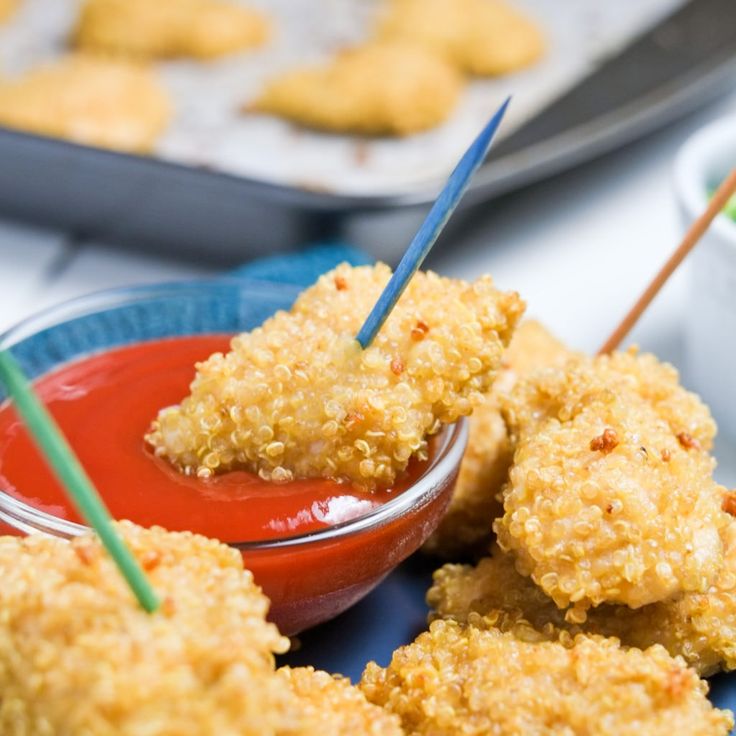 Many pediatricians are now recommending Meats as first foods due to the Iron content – ask your pediatrician.
Many pediatricians are now recommending Meats as first foods due to the Iron content – ask your pediatrician. As with breastfeeding on demand, Baby Led Weaning is a method of introducing solid foods that leaves it up to your baby to decide when and how much to eat. While not necessarily a “hands off” approach, The foods listed on our 4-6 month old chart and those listed on the chart here make great foods for introducing solids using the baby led weaning method!
As with breastfeeding on demand, Baby Led Weaning is a method of introducing solid foods that leaves it up to your baby to decide when and how much to eat. While not necessarily a “hands off” approach, The foods listed on our 4-6 month old chart and those listed on the chart here make great foods for introducing solids using the baby led weaning method! Remember, breast milk and/or infant formula are providing for the total nutrition of your baby at this stage.
Remember, breast milk and/or infant formula are providing for the total nutrition of your baby at this stage.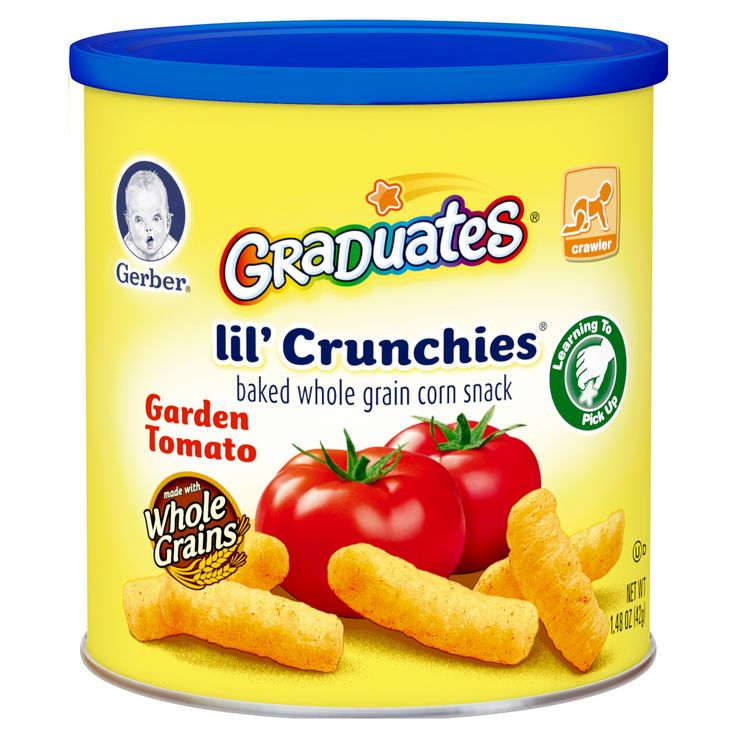


 The important thing is to watch your baby’s hunger cues and and try to begin setting a schedule for 3 meals a day. Offer him a balanced array of foods – fruits, veggies, a protein & a grain if possible and ensure his nursing or formula feedings are adequate.
The important thing is to watch your baby’s hunger cues and and try to begin setting a schedule for 3 meals a day. Offer him a balanced array of foods – fruits, veggies, a protein & a grain if possible and ensure his nursing or formula feedings are adequate. Pasta makes for great finger foods.
Pasta makes for great finger foods. Soft Cheeses such as Brie pose health risks so hold off on those. Avocado mashed with a bit of cream cheese – YUM.
Soft Cheeses such as Brie pose health risks so hold off on those. Avocado mashed with a bit of cream cheese – YUM. Feel free to print the chart and ask your Pediatrician about the listings and recommendations. Our visitors say their pediatricians are impressed with our Chart’s suitability and accuracy of listings.
Feel free to print the chart and ask your Pediatrician about the listings and recommendations. Our visitors say their pediatricians are impressed with our Chart’s suitability and accuracy of listings. 


